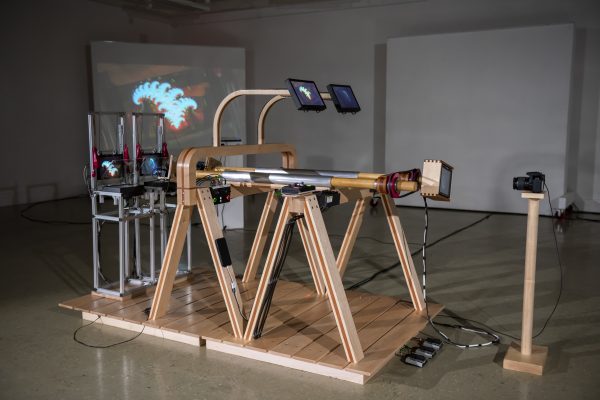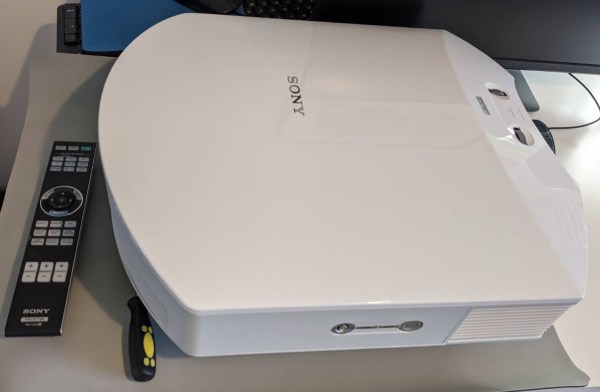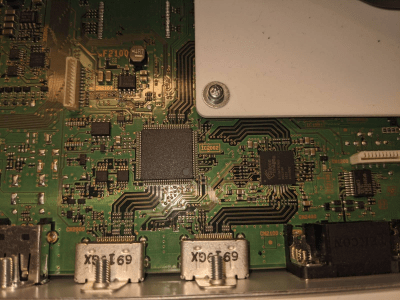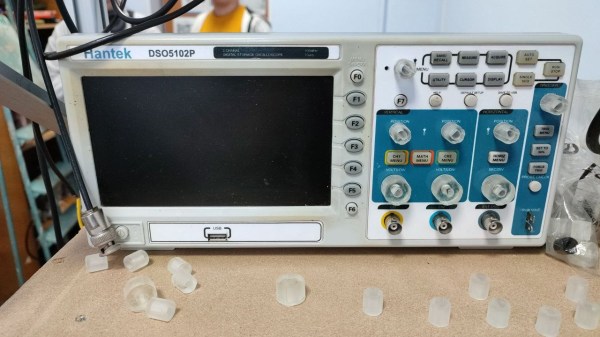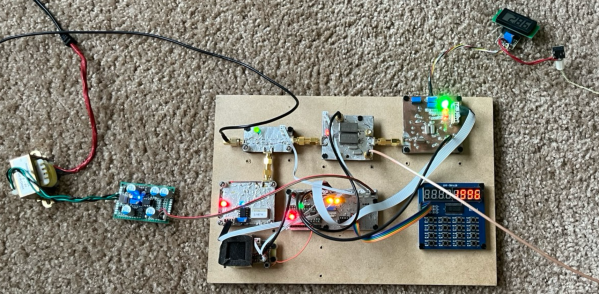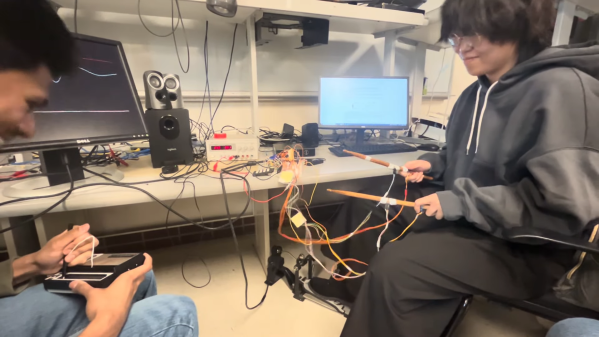One of the first things everyone does when they get a video camera is to point it at the screen displaying the image, creating video feedback. It’s a fascinating process where the delay from image capture to display establishes a feedback loop that amplifies the image noise into fractal patterns. This sculpture, modestly called The God Machine II takes it to the next level, though.
We covered the first version of this machine in a previous post, but the creator [Dave Blair] has done a huge amount of work on the device since that allows him to tweak and customize the output that the device produces. His new version is quite remarkable, allowing him to create intricate fractals that writhe and change like living things.
The God Machine II is a sophisticated build with three cameras, five HD monitors, three Roland video switchers, two viewing monitors, two sheets of beam splitter glass, and a video input. This setup means it can take an external video input, capture it, and use it as the source for video feedback, then tweak the evolution of the resulting fractal image, repeatedly feeding it back into itself. The system can also control the settings for the monitor, which further changes the feedback as it evolves. [Blair] refers to this as “trapping the images.”
Continue reading “Video Feedback Machine Creates Analog Fractals”

